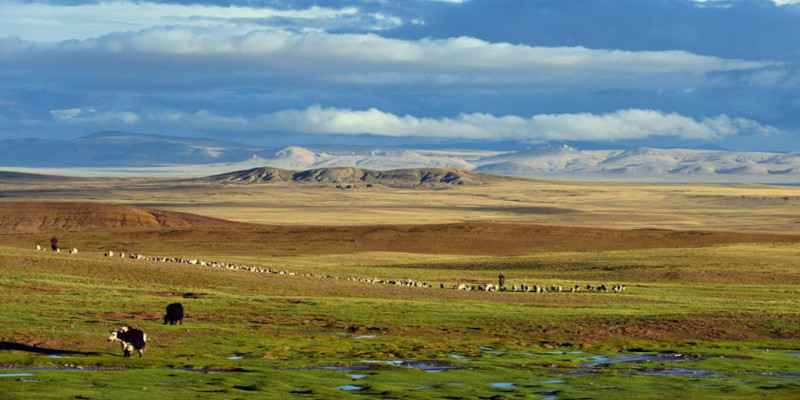In recent decades, the Tibetan Plateau, also known as “the roof of the earth,” has warmed faster than the global average. Human activities, especially greenhouse gas emissions, are to blame for the Tibetan Plateau’s warming since the 1960s. Furthermore, according to a study recently published in Environmental Research Letters, the Plateau could warm faster in the future than climate models predict.
Outside of the Arctic and Antarctic, the Tibetan Plateau has the most ice, which supplies water to hundreds of major Asian rivers. However, rapid warming in Asia’s “water tower” has had a major impact on regional hydrological cycles and ecosystem services, resulting in dramatic glacier retreat and geohazard disasters including landslides, debris flows, and glacial lake outbursts.
“Knowledge of past warming of the Tibetan Plateau, especially the underlying human influence, can aid in better predicting and interpreting future changes,” said Tianjun Zhou, the paper’s lead and corresponding author. Zhou is a senior scientist at the Chinese Academy of Sciences’ Institute of Atmospheric Physics (IAP) and CAS Center for Excellence in Tibetan Plateau Earth Sciences. He is also a lecturer at the Chinese Academy of Sciences University.
In light of current global climate models’ underestimation of anthropogenic warming on the Tibetan Plateau, the team went on to correct future predictions using the attribution result as an observational constraint and discovered that the Tibetan Plateau would likely warm faster than previously predicted in the future.
“For example, in the mid-term (2041-2060) and end-of-the-century (2081-2100), the Tibetan Plateau is predicted to warm by 2.25°C and 2.99°C, respectively, under a medium carbon emission scenario (RCP4.5), which is 0.24°C and 0.32°C warmer than the uncorrected estimates,” explained Wenxia Zhang, the study’s second author. “This means a greater loss of glacier mass in the Asian water tower, as well as increased geohazard threats.”
With global warming at an ever-increasing pace, the fate of the millions who depend on Tibet’s water sources and glaciers for survival is in jeopardy.

